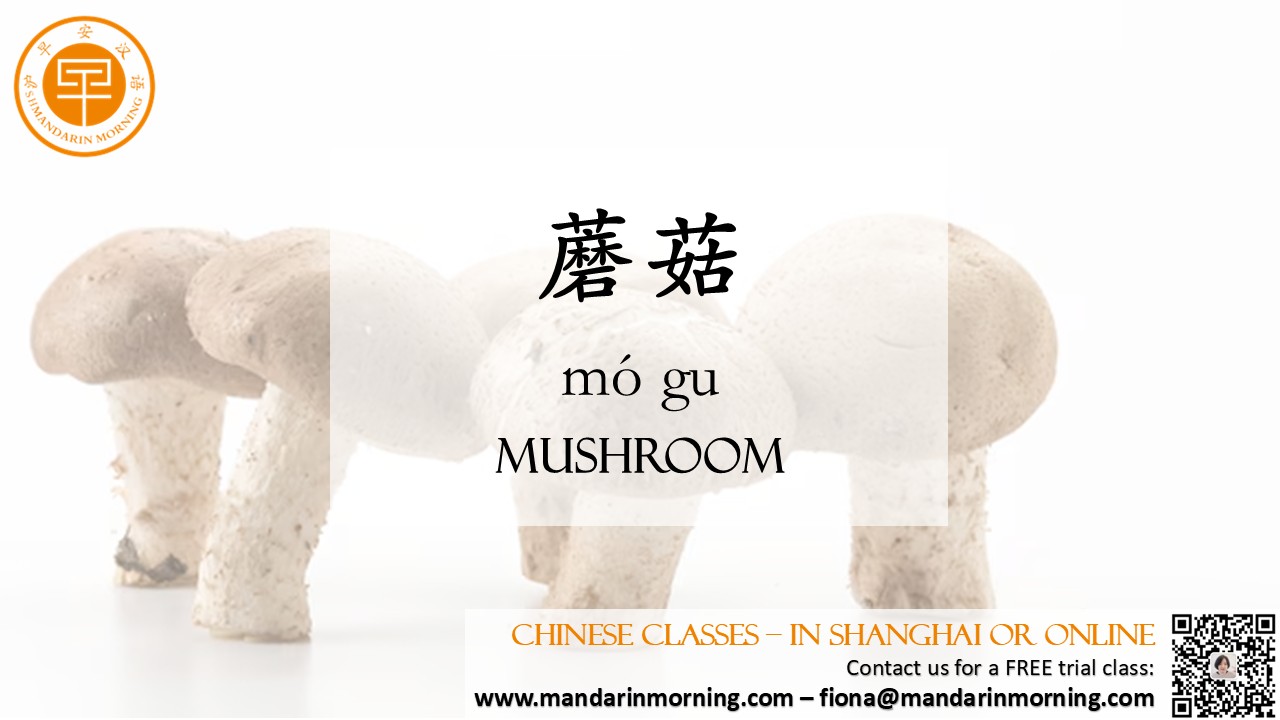| Mushrooms are fascinating organisms that have captivated people for centuries. They come in a wide variety of shapes, sizes, and colors, and can be found in diverse environments all around the world. In this article, we'll delve into the different types of mushrooms, their unique characteristics, and how they are used in cooking and traditional medicine.  The Diversity of Mushrooms Mushrooms belong to the fungi kingdom and are known for their unique structures and growth patterns. They can be broadly categorized into several types based on their appearance, habitat, and edibility. Here are some of the most common and interesting types of mushrooms: 1. Button Mushrooms (白蘑菇 - bái mó gū) Button mushrooms are the most familiar type of mushroom to many people. They are small, white, and have a mild flavor. Button mushrooms are versatile in cooking and can be used in salads, soups, stir-fries, and pasta dishes. They are also a great source of vitamins and minerals. 2. Shiitake Mushrooms (香菇 - xiāng gū) Shiitake mushrooms are native to East Asia and are highly prized for their rich, earthy flavor. They have a meaty texture and are commonly used in Asian cuisine, particularly in soups, stews, and stir-fries. Shiitake mushrooms are also known for their health benefits, as they contain compounds that support the immune system. 3. Oyster Mushrooms (平菇 - píng gū) Oyster mushrooms are named for their fan-like shape and delicate, slightly sweet flavor. They grow in clusters and can be found in a variety of colors, including white, gray, and yellow. Oyster mushrooms are easy to cultivate and are often used in vegetarian dishes to add a meaty texture. They are also rich in antioxidants and vitamins. 4. Maitake Mushrooms (舞茸 - wǔ róng) Maitake mushrooms, also known as "hen of the woods," are large, frilly mushrooms that grow in clusters at the base of trees. They have a rich, earthy flavor and a tender texture. Maitake mushrooms are popular in Japanese cuisine and are often used in soups and stir-fries. They are also known for their potential health benefits, including immune-boosting properties. 5. Enoki Mushrooms (金针菇 - jīn zhēn gū) Enoki mushrooms are long, thin, and delicate, with a mild, slightly sweet flavor. They are often used in Asian cuisine, particularly in soups and salads. Enoki mushrooms are low in calories and high in vitamins and minerals. They are also known for their crunchy texture, which adds a unique element to dishes. 6. Morel Mushrooms (羊肚菌 - yáng dù jūn) Morel mushrooms are highly prized for their unique, honeycomb-like appearance and rich, earthy flavor. They are found in the wild and are difficult to cultivate, making them a rare and expensive delicacy. Morels are often used in gourmet dishes, particularly in sauces and risottos. They are also known for their high nutritional value. 7. Reishi Mushrooms (灵芝 - líng zhī) Reishi mushrooms are not typically eaten like other mushrooms but are instead used in traditional medicine. They have a woody texture and a bitter taste. Reishi mushrooms are highly valued in Chinese medicine for their potential health benefits, including immune support, anti-inflammatory properties, and stress relief. They are often consumed in the form of teas, tinctures, or supplements. Mushrooms are a fascinating and versatile group of organisms that offer a wide range of flavors, textures, and health benefits. From the familiar button mushrooms to the exotic morels and reishi, each type of mushroom has its own unique characteristics and culinary uses. Whether you enjoy foraging for wild mushrooms or simply appreciate their flavors in the kitchen, mushrooms are a wonderful addition to any diet. So, the next time you encounter a mushroom, take a moment to appreciate its unique qualities and the role it plays in both nature and cuisine. |